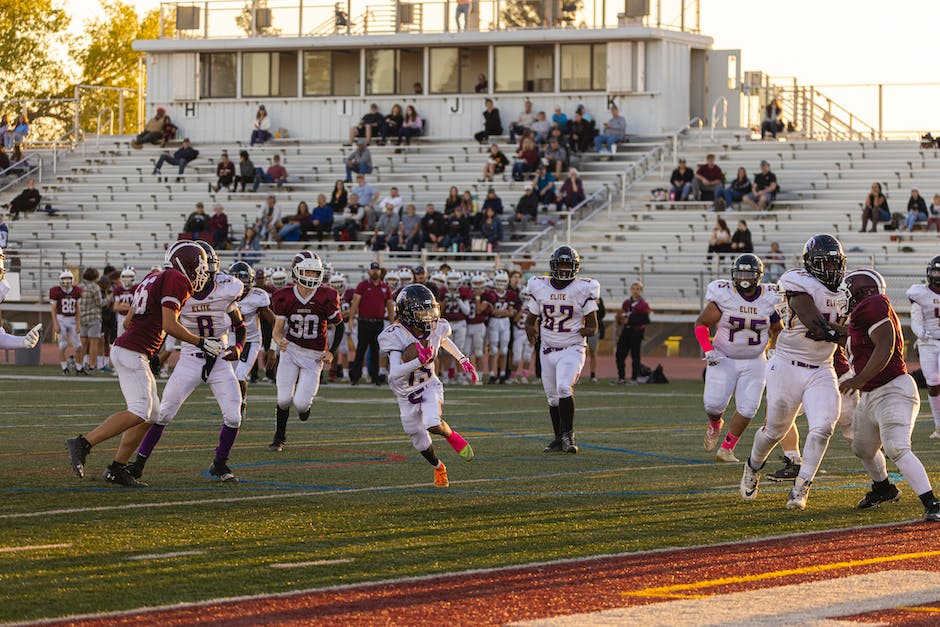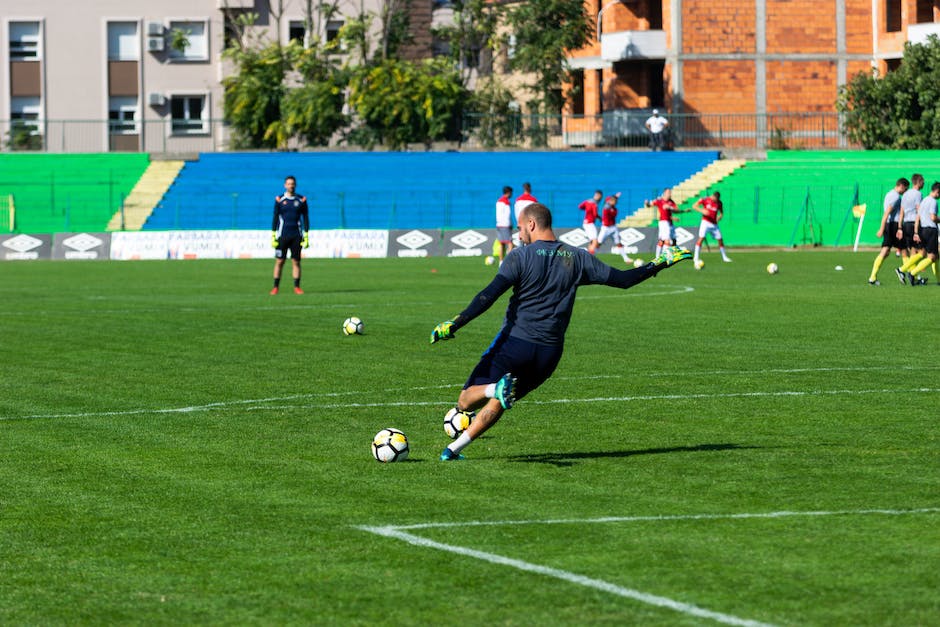
Welcome to the world of sports field signage, an important facet of any sports event, big or small.
It’s more than just a marketing tool; it boosts games atmosphere and aesthetics while offering directional guidance. As spectators, we see them but rarely recognize their significance. How crucial are these signages for brand representation or even for the athletes? How strategic is their placement?
In this blog post, we strive to shine light on these questions and more. We delve into its purpose within the sports industry’s ambiance, as well as its immense marketing potential. This, and much more, awaits you in the following blog post sections.
Let’s begin our journey navigating through the essential realm of sports field signage. Tune in, and let’s unravel this important thread running subtly yet powerfully through the sporting tapestry.
Importance of Appropriately Positioned Signages

Appropriately positioned signage on a sports field holds significant importance.
First, it enhances the overall presentation, adding professionalism and creating a positive impression on spectators and players alike.
It provides clear directions, helping attendees locate entrances, exits, restrooms, and concession stands, thereby improving the event’s efficiency and attendee satisfaction.
Moreover, strategically placed signs can significantly enhance player safety, clearly marking hazard areas or providing vital information such as emergency exit routes.
Also, let’s not forget how well-positioned signs hold the power to augment brand visibility, offering a remarkable marketing opportunity for sponsors.
In essence, thoughtful placement of sports field signage is crucial, serving multiple essential functions from guiding spectators and promoting safety to boosting brand promotion.
Different Types of Sports Field Signage

Sports field signage comes in various types, each fulfilling a specific purpose.
First we have directional signage, guiding spectators and players around the field, ensuring traffic flows smoothly.
Promotional signage, advertising products and services, is another common type; these are usually placed at high-visibility spots.
Next is information signage, vital to communicate essential details like rules, safety precautions, and the location of facilities.
Finally comes celebratory signage, promoting team achievements and recognizing player accomplishments. This type uplifts team spirit and adds a personal touch.
Each signage type plays a unique role in making the sports field function efficiently while fostering a rich, engaging atmosphere. Whether it’s guiding, promoting, informing, or celebrating, proper signage is key.
The Role of Signage in Player Safety

Signage plays an essential role in ensuring player safety on the sports field.
Poorly marked playing areas can lead to avoidable incidents during game time. Appropriate signage helps to set clear boundaries, marking out actionable spaces for different roles.
Adding warning messages around hazardous zones also increases alertness, preventing accidental injuries. Moreover, unambiguous exit and emergency signage can expedite evacuations during crises.
Highly visible signage also enhances overall game compliance, ensuring players, referees, and spectators are aware of the rules and etiquette associated with the sports ground.
In conclusion, properly executed signage in sports fields not only promotes adherence to rules, but ultimately ensures an increased level of safety for all involved. Therefore, investing in clear, well-placed signs should be an absolute priority for any sports facility management.
Essential Elements in Designing Effective Signages

In crafting effective sports field signage, certain pertinent elements must be incorporated within the design framework. First and foremost, legibility ranks high on this list. It is critical that your signs are easy to read, both from a distance and up close. This depends largely on the choice of colors, font size, and style.
Clarity of message also plays a crucial role. The words used should be simple and straightforward. Avoid ornate language–less is more when it comes to signage.
Striking a balance is equally essential. Aim for a design that draws attention, but does not overwhelm or distract.
Lastly, remember the goal of your signage– it should provide precise, easy-to-follow direction or information. It shouldn’t puzzle or confuse.
These are the key elements that make for an effective and communicative sports field signage design. Always bear them in mind.
The Impact of Signage on Fan Engagement

Signage creates a strong visual impact, directly influencing fan engagement in sports.
A well-located, creatively-designed board not only hotwires excitement but also maximises adoration towards the team. Encouraging messages on signs can establish an emotional bond, be a hook for fan loyalty. Fans appreciate when teams communicate with them directly; this builds a sense of community.
Furthermore, placing important information about the sport, the team, or refreshments, on signage is an unobtrusive way to keep fans well informed. Convenience is an important factor in determining the overall fan experience.
Signage is instrumental in advertising. When done correctly, it also deftly stimulates excitement, provides them with useful information, and ultimately, engenders loyalty among the fans. A symbiotic relationship, where the fans feel cared for, and the team garners unwavering support.
Choosing Durable Materials for Sports Signages

When selecting materials for your sports field signage, it is essential to prioritize durability.
Outdoor sporting environments are exposed to a variety of elements – grueling sunshine, pounding rain, and even the occasional hail storm. Each of these can significantly impact the lifespan and appearance of your signage.
Opt for materials renowned for their strength and resilience. Choices such as aluminum or Dibond, a composite material, are popular for their ability to withstand both harsh weather conditions and impacts.
Likewise, make sure to consider the printing quality. UV-resistant inks can prevent fading from incessant exposure to sunlight, ensuring your signage maintains its vibrancy and readability for an extended period.
Remember, a well-chosen, durable material not only serves its functional purpose but also conveys professionalism and commitment to quality. Experimenting with cheaper materials might save upfront costs, but could lead to frequent replacements and repairs.
The Integration of Technology in Sports Signage
In today’s world, technology is all-encompassing, and the sports field signage industry is no exception.
Digital signage is now seamlessly integrated into the game, offering exciting opportunities to boost fan engagement, deliver real-time updates, and enhance the overall viewing experience. Gone are the static boards of old, replaced by high-res LED displays which swiftly navigate immersive graphics, animations, and live feeds.
Moreover, tech advancements such as augmented reality (AR) hold promising potential for creating interactive signage. Imagine spectators using their phones to unlock AR-based content directly from the pitchside boards.
Likewise, the rise of IoT (Internet of Things) pushes the frontier further, opening doors for smart signage systems that react to live game events, weather, and crowd reactions.
In the booming marriage of sports and technology, innovative signage sits at the heart of a modern, engaging, and connected fan experience.
Legal and Regulatory Considerations of Sports Signage

When dealing with sports field signage, there are various legal and regulatory considerations to weigh. Sports signage falls under advertising laws and must adhere to certain standards.
Also note that potentially misleading or untruthful advertisements may attract legal ramification. The signs should maintain a level of decency, appropriateness, and shouldn’t infringe on any third-party intellectual property rights.
Stick to ADA (Americans with Disabilities Act) requirements for signage; your signs should be accessible to all fans. Always consider local zoning laws; there may be restrictions on the size, location or illumination of signage.
Additionally, if the field is government-owned or located on school property, there may be stricter regulations. Consult a legal professional to ensure that your sports signage complies with all local, state, and federal laws.









